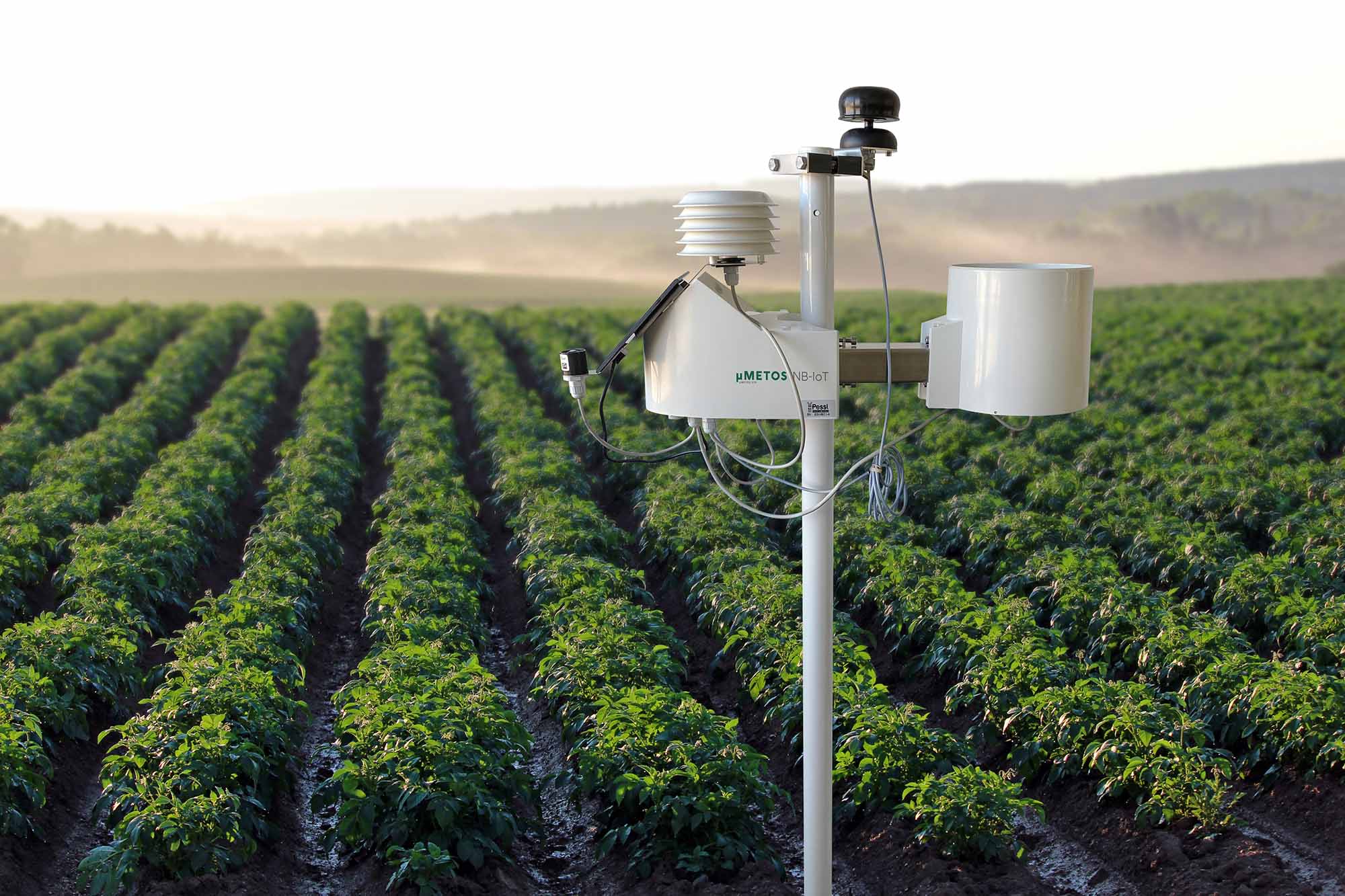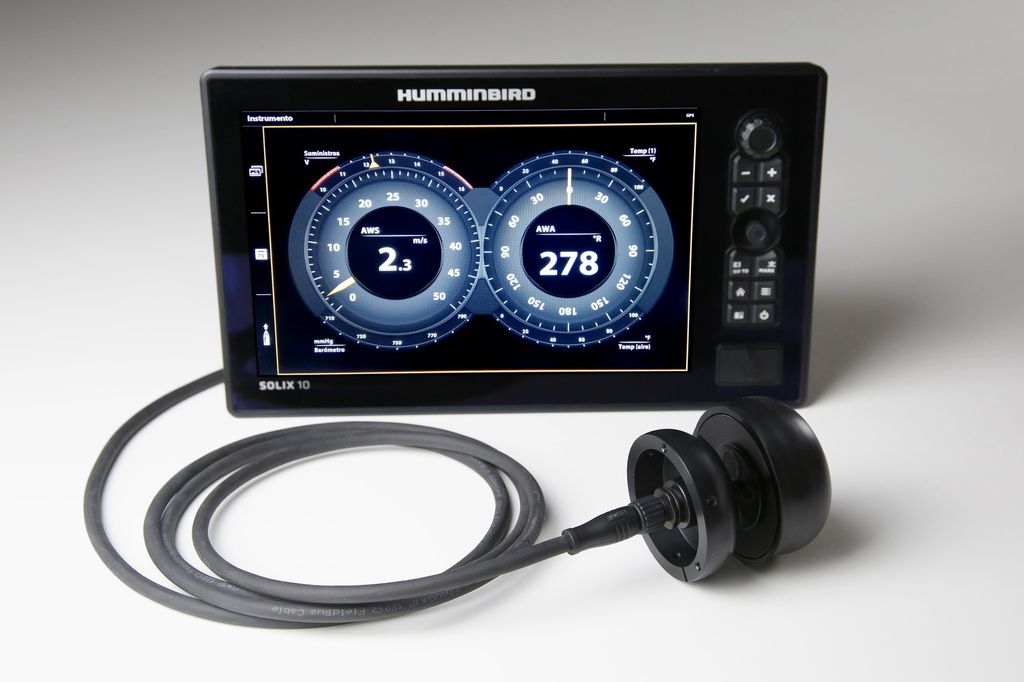Choosing the right protocol and cable length for your Wired Wind Meters is essential for optimal performance and reliability.
Our ultrasonic wind meters are available with various protocols and cable options to suit different needs and applications.
In this post, we'll introduce each protocol, explain the cable lengths we offer, and provide guidance on selecting the right setup for your specific requirements.
Protocols and Cable Lengths
ULP Standard, ULP Pro, and ULP Summit
Protocols:
1. UART/I2C: These protocols are designed for short-distance communication. We provide signal integrity up to 2 meters. While some users may achieve slightly longer distances, these protocols are primarily intended for short-range applications, such as connecting an anemometer to a datalogger in a weather station.

2. RS485 (NMEA0183) / MODBUS: The RS485 protocol can support longer cable lengths due to the nature of the protocol. We offer cables in two standard lengths: 2 meters and 20 meters. For distances beyond 20 meters, please contact our technical support team.
We've tested cables up to 300 meters in our workshop, but individual installations may vary. Depending on the baud rate and cable specifications, installing a 100-120 ohm termination resistor may be necessary.
Technical Information: Our RS-485 chip manufacturer indicates that “the system can operate over long distances, up to 1200 meters (4000 feet). However, as cable length increases, the maximum data rate decreases. For instance, at 10 Mbps, the range is limited to a few hundred feet, while at 250 kbps, it can exceed 300 meters (1000 feet). Using twisted pair cables and proper termination (typically 120Ω at the ends) is essential for maintaining signal integrity.”
3. Analog 4-20mA: This industrial protocol is designed for long-distance signal transmission. While we sell cables at 2 meters, the protocol can support much longer distances, making it ideal for industrial applications.
Cable Options:
- 2 meters: Standard cable length included with all ULP wind meters.

- 20 meters: Available upon request. Please contact us to arrange the purchase. An additional cost of 75€ applies.
- 20 meters: Available upon request. Please contact us to arrange the purchase. An additional cost of 75€ applies.
- More than 20 meters: Available upon request. Contact our technical support team for assistance and custom solutions.
ULP NMEA 2000
The NMEA 2000 protocol is a part of the CAN bus family and adheres to strict standards set by the NMEA organization.
Unlike other protocols, NMEA 2000 requires specific certified cables to ensure compliance and performance.
Cable Options:
Our unit comes with a threaded connector, so you can use any Nmea 2000 certified cable in the market.
For cable lengths beyond 6 meters, an inline terminator is necessary. These cables can be purchased either from us or another supplier.
We provide NMEA 2000 cables with terminators that are available in two lengths: 2 meters and 20 meters. They come with terminators and they work seamlessly with our products.

Unlike other protocols, NMEA 2000 requires specific certified cables to ensure compliance and performance.
Cable Options:
Our unit comes with a threaded connector, so you can use any Nmea 2000 certified cable in the market.
For cable lengths beyond 6 meters, an inline terminator is necessary. These cables can be purchased either from us or another supplier.
We provide NMEA 2000 cables with terminators that are available in two lengths: 2 meters and 20 meters. They come with terminators and they work seamlessly with our products.

Summary
Choosing the correct cable length and protocol is crucial for the effective operation of your Ultra-Low-Power Ultrasonic Wind Meter.
Here's a quick recap of the options available:
ULP Standard, Pro, Summit:
UART/I2C: Up to 2 meters.
RS485 (NMEA0183) / MODBUS: 2 meters or 20 meters. For longer distances, contact our technical support.
Analog 4-20mA: Sold with 2-meter cable, capable of longer distances.
SDI12: Contact operations for details.
ULP NMEA 2000:
Requires certified cables.
Available lengths: 2 meters and 20 meters cables with a terminator.
For more detailed specifications and installation guidelines, please refer to the manual or contact our support team.
Click here to see our Wired Wind Meters.
ULP Standard, Pro, Summit:
UART/I2C: Up to 2 meters.
RS485 (NMEA0183) / MODBUS: 2 meters or 20 meters. For longer distances, contact our technical support.
Analog 4-20mA: Sold with 2-meter cable, capable of longer distances.
SDI12: Contact operations for details.
ULP NMEA 2000:
Requires certified cables.
Available lengths: 2 meters and 20 meters cables with a terminator.
Click here to see our Wired Wind Meters.